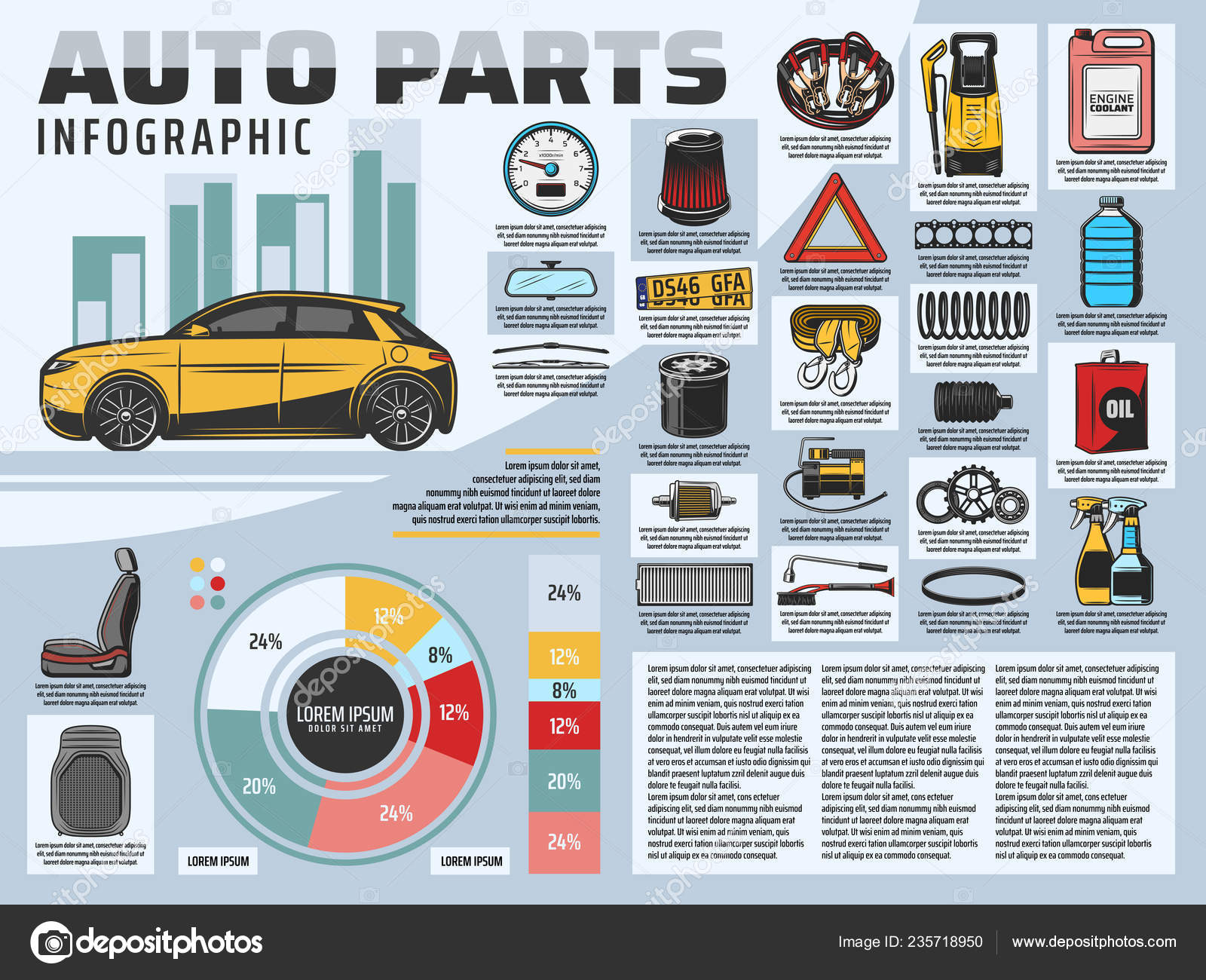Translating Your Car'S Alert Lights: Their Real Effects
Translating Your Car'S Alert Lights: Their Real Effects
Blog Article
car detailing supplies -Hartley Kejser
When you lag the wheel, those radiant warning lights on your control panel can be a bit bewildering. Do you understand what they're attempting to inform you concerning your vehicle's health and wellness? Recognizing the relevance of these lights is vital for your safety and the durability of your car. So, the next time among those lights turns up, wouldn't you wish to decode its message accurately and take the necessary steps to resolve it?
Common Caution Lights and Interpretations
Determine usual caution lights in your vehicle and recognize their definitions to make certain safe driving.
One of the most regular warning lights include the check engine light, which signifies problems with the engine or discharges system. If this light comes on, it's vital to have your vehicle examined without delay.
The oil stress alerting light shows low oil pressure, calling for instant attention to stop engine damage.
A blinking battery light could recommend a damaged charging system, potentially leaving you stranded otherwise attended to.
The tire stress tracking system (TPMS) light notifies you to reduced tire stress, influencing vehicle stability and fuel effectiveness. Overlooking this can cause hazardous driving problems.
autocarwashnearme suggests an issue with the anti-lock stopping system, jeopardizing your ability to quit quickly in emergency situations.
Last but not least, the coolant temperature level alerting light warns of engine overheating, which can lead to extreme damages if not resolved promptly.
Understanding these common warning lights will aid you deal with concerns promptly and maintain safe driving problems.
Importance of Prompt Focus
Recognizing the common warning lights in your cars and truck is just the very first step; the importance of immediately attending to these cautions can't be stressed sufficient to ensure your safety and security when traveling.
When a caution light illuminates on your dashboard, it's your vehicle's way of connecting a possible issue that requires focus. Neglecting these warnings can result in extra serious issues later on, jeopardizing your safety and potentially costing you much more in repairs.
Motivate interest to advising lights can avoid failures and mishaps. For example, a flashing check engine light might show a misfire that, if left neglected, can cause damages to the catalytic converter. Resolving this immediately can save you from an expensive repair work.
Similarly, a brake system warning light may signify reduced brake fluid or used brake pads, crucial components for your safety and security when driving.
DIY Troubleshooting Tips
If you discover a warning light on your dashboard, there are a couple of do it yourself troubleshooting suggestions you can attempt before looking for professional help.
The first step is to consult your cars and truck's handbook to understand what the particular warning light indicates. In some cases the issue can be as basic as a loosened gas cap setting off the check engine light. Tightening the gas cap may settle the problem.
Another typical issue is a reduced battery, which can set off numerous cautioning lights. Examining the battery links for deterioration and guaranteeing they're protected could take care of the issue.
If a warning light persists, you can attempt resetting it by detaching the cars and truck's battery for a few mins and then reconnecting it. In addition, inspecting your automobile's liquid degrees, such as oil, coolant, and brake liquid, can help fix cautioning lights connected to these systems.
Final thought
Finally, recognizing your cars and truck's caution lights is necessary for maintaining your vehicle running efficiently and securely. By immediately dealing with carvaletnearhowickaucklandprices and knowing what they mean, you can avoid expensive fixings and potential breakdowns.
Bear in mind to consult your cars and truck's handbook for specific details on each warning light and do something about it as necessary to make sure a hassle-free driving experience.
Keep informed, remain risk-free when traveling!
